The Hidden Germs in Your Child’s Belongings
Jade Pallett, a microbiologist at ZOONO, a company specialising in the development, manufacture and distribution of long-lasting antibacterial products, offers her advice on how to keep children protected against germs.
Children are incredibly social and often interact with many different people and surfaces throughout their day, meaning there are lots of opportunities for them to come into contact with potentially harmful germs.
A study has revealed children to be amongst the most at risk for both catching infections and transmitting them to other people, particularly respiratory infections. Here, I will highlight some of the most common, but possibly overlooked, sources of contamination that your children might encounter every day and how to help prevent the spread of potentially nasty germs.
Electronic devices
Most parents have phones and/or tablets with games on for their children, share a tablet with their children or have a tablet specifically for their children. Whilst most people (especially recently) have been remembering to wash or sanitise their hands, most of us forget to clean our devices.
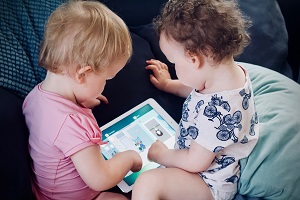 Electronic devices are something we touch all the time. The surface of your phones and tablets are a prime place for germs to live, grow and be spread between members of the household. This can mean that even when you regularly clean your hands, once you touch your electronic devices again they can become re-contaminated with germs, which can then be further spread around your home or passed on to your little ones. If you have young children and they commonly touch the screen and pop their hands in their mouths, this can be a huge source of nasties!
Electronic devices are something we touch all the time. The surface of your phones and tablets are a prime place for germs to live, grow and be spread between members of the household. This can mean that even when you regularly clean your hands, once you touch your electronic devices again they can become re-contaminated with germs, which can then be further spread around your home or passed on to your little ones. If you have young children and they commonly touch the screen and pop their hands in their mouths, this can be a huge source of nasties!
We recommend cleaning your phones, tablets and computers regularly using surface sanitiser and a microfiber cloth. Always be sure to follow manufacturer instructions so as not to damage your electronics.
Lunchboxes and School Bags
The outsides of bags and lunchboxes touch many other surfaces and your children’s hands during the day. All these points of contact can pass on potentially harmful germs. Bags and lunchboxes left in warm areas (such as hanging by a radiator at school or inside the car in summer) are at particular risk of becoming a breeding ground for germs. These germs could be the same ones responsible for the common cold, flu or even food poisoning. It is, therefore, very important to clean lunchboxes and school bags regularly.
Start by emptying the container of any food or debris and cleaning it with warm soapy water to remove any physical particles from the lunchbox. They need to be left to dry thoroughly before use. Any plastic coated or insulated lunch containers should be washed out with warm soapy water daily and left to dry completely.
Entirely cloth lunch bags should be washed weekly as per manufacturer instructions.
Bath Toys
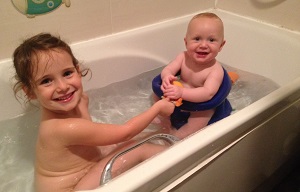 Surprisingly, bath toys have been identified as one of the dirtiest objects that little ones come into frequent contact with. One study has found bath toys to contain approximately 4.3 million CFU (colony forming units) per square inch!
Surprisingly, bath toys have been identified as one of the dirtiest objects that little ones come into frequent contact with. One study has found bath toys to contain approximately 4.3 million CFU (colony forming units) per square inch!
Given that these toys are usually only out when your little ones having a bath, it might be a surprise that they contain so many bacteria. But the toys floating in the dirty bath water of now-clean children combined with the humidity of the bathroom can mean they are an absolute hotspot for bacteria.
To keep bath toys clean make sure you wash them with hot soapy water after each bath time and rinse thoroughly, squeezing out any water and ensuring any hole-y toys can drain. Leave the toys to dry completely and store them somewhere dry. One option would be to store them in a basket in the airing cupboard – allowing them to be thoroughly dry and stored away from the bathroom.
Strollers
Strollers might not be your first thought when you think of places that are germy. However, a 2018 study found strollers to be the number one item within households with children aged 0-4 years for having the most bacteria, containing an average of 770 CFU, which is more than twice the average number of CFUs found on countertops.
It has been hypothesised that part of the reason for this is that they are commonly kept in the garage, which is frequented by pests and bugs that can carry germs as well as trapping dust and fumes. These locations also experience large fluctuations in both temperature and humidity, making your stroller the perfect place for bacteria, mould and other germs to settle and multiply.
Cleaning your stroller should always be done as per manufacturer guidelines. Removing any covers or fabric and washing on a cool handwash setting and leaving to air dry (do not use heat so as not to shrink the material!) on a regular basis will help stop the spread of potential nasties. Clean plastic or metal components with a sponge or microfibre cloth and warm soapy water and allow to dry.
Consider storing your stroller inside the house or the boot of your car to further assist with keeping the germs at bay.
Hands
We are all getting used to washing our hands regularly and thoroughly to avoid getting Covid. Keeping your hands clean can also be a huge help when preventing the spread of regular germs and bugs between surfaces and items in and around your home. If you consider a routine activity such as going to a soft play centre or even just going to grab a coffee with some friends and taking along your little one, try and count how many different surfaces you will touch between leaving the house and getting back again. With every surface you touch your hands are acting as a way to spread those germs. That is why it is so important to keep on top of hand hygiene.

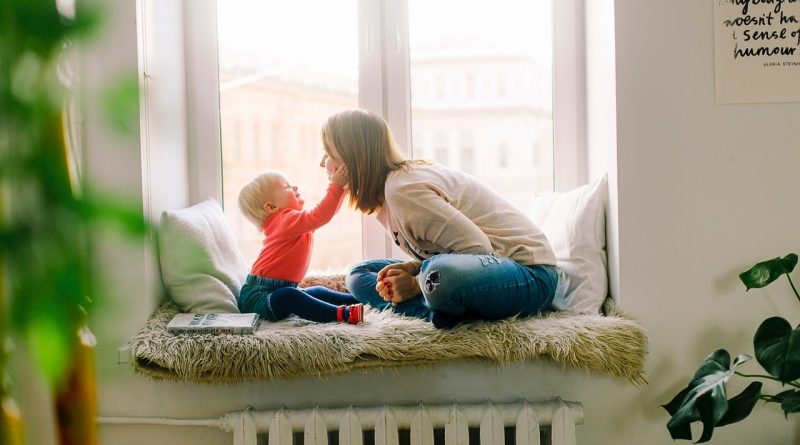
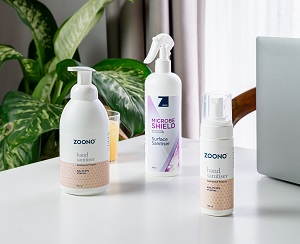 Using surface sanitisers and sprays around your home and on everyday household items will help to keep them clean and germ-free, while hand sanitisers will help to protect your hands against bacteria and viruses between regular periods of hand washing. Zoono offers all these sanitisers, and, to add extra protection for your little ones, also have a baby hand sanitisers with the same longer-lasting protective qualities as the regular hand sanitiser.
Using surface sanitisers and sprays around your home and on everyday household items will help to keep them clean and germ-free, while hand sanitisers will help to protect your hands against bacteria and viruses between regular periods of hand washing. Zoono offers all these sanitisers, and, to add extra protection for your little ones, also have a baby hand sanitisers with the same longer-lasting protective qualities as the regular hand sanitiser.
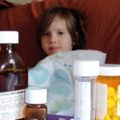

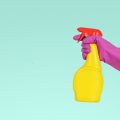



Its suprising where all those germs are hidden! Lovely post.
Oh this is so interesting thank you !